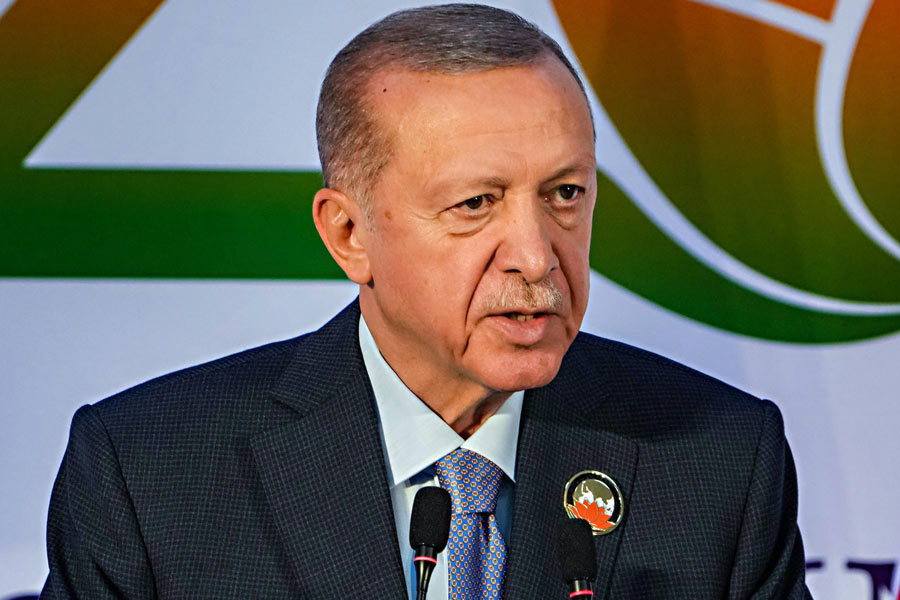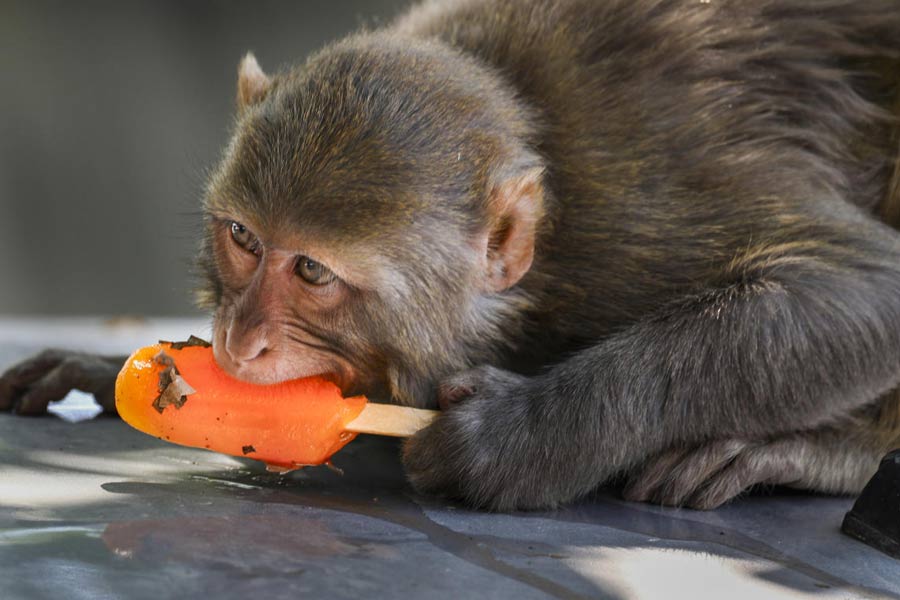
THE BOOK OF CHOCOLATE SAINTS By Jeet Thayil, Aleph, Rs 799
"Praise the broken world for it will disappear and become nothing," Jeet Thayil's chocolate hagiographer announces prophetically. The chocolate saints in Thayil's novel inhabit the broken world, built of transitory images and a multitude of voices that speak in a chaotic chorus that mixes the real with the unreal and different timescapes with one another. The novel is a biography of the protagonist, Newton Francis Xavier, the poet-painter who is the co-founder of the Hung Realists Movement in Mumbai (note the critique of the Hungry Poets in Bengal). Thayil himself recently stated in an interview that looking for biographical resemblances between his characters and real-life personalities is not the focus of his novel; however, Xavier is uncannily like the Goan artist, Francis Newton Souza, and the poet, Dom Moraes. Xavier's girlfriend, Goody Lol, and yet another narrator of the story, the journalist, Dismas Bambai, all reflect in themselves real personalities from recent Indian literary history, not least of all Thayil himself. The fictitious poet, Narayan Doss, mingles easily with the likes of Arun Kolatkar in the Mumbai coffee house while others such as Keki Daruwalla, Rukmini Bhaya Nair and A.K. Ramanujan flit past in casual conversations and Thayil himself is referred to as the skeletal fellow strung out or drunk, who put together the Bloodshot Book of Poetry (in reality, this was the Bloodaxe Book of Contemporary Indian Poets).
The fuzziness of the real and the fictional becomes more pronounced because Xavier, Dismas and, to a lesser extent, Goody, are larger than life; yet they are also very convincing flesh-and-blood characters. Newton Xavier is unpredictable - sometimes curmudgeonly, sometimes endearing and always brilliant. He is also the author of the Book of Chocolate Saints - a book with the same title as Thayil's where he canonizes the real and the fictional alike through poetry. In contrast, Dismas Bambai's biography of Xavier and his series of interviews of those who knew Xavier are anecdotal and lengthy prose-pieces. Bambai himself is a young journalist hungering for fame with a drug-habit and a desire for Xavier's girlfriend, Goody - his sensationalized account of the poet-painter's life is to put him in the pages of fame and also to get himself a decent bank balance. Bambai survives the many vicissitudes of the novel and his interest in the story of Xavier seems to go well beyond the desire to make a quick buck by writing a scurrilous biography. His last name is probably a tribute to the city to which he owes his artistic awakening and the first name is taken from the Gospel of Nicodemus where Saint Dismas is the thief who was crucified with Jesus and was saved. Xavier dies of a heart attack slumped in a narrow lane in Delhi and Bambai survives to tell the tale of the chocolate saints.
It is impossible not to note the religious overtones of the novel, although not many discussions seem to have done so. Xavier and Dismas are both named after saints; one wonders if the former's death is a kind of artistic martyrdom and whether the latter is redeemed at the end of the novel just like the thief who was saved by repenting at his last breath. Besides his book of chocolate saints, Xavier has a rather irreverent list of 'suicide saints' that features a motley group of people as diverse as the Bollywood actress, Divya Bharti, and Yukio Mishima, the Japanese writer. He is also the friend of a celebrity evangelist who comes to India to convert masses of people to Christianity. The publicity stunts of the evangelist, seem to be accepted by Xavier as fairly quotidian religious performance, leaving the reader bewildered as to how such a radical poet and artist finds the rather unscrupulous capitalism so appealing. Xavier is difficult to sum up and the reader finds him as fragmented as the exposed body of his namesake, St Francis Xavier - as Bambai finds out about the saint's relics, they only exist as fragments, some of which are scattered in churches all over the world. This fragmented presence of the saint is also true of his chocolate counterpart as the artist who also struggles to find wholeness anywhere he can: "Saint Xavier... was the patron saint of migrants, of drifters and wanderers and those who were misplaced on the planet, those who were missing limbs and homes, those addicts whose addiction was movement without meaning. No wonder X had taken his name."
Art and religion both seem to be fragmentary for Thayil's chocolate saints and it is no coincidence that Xavier travels across the world meeting famous real-life artists and poets such as Mark Rothko and Nissim Ezekiel where both are shown as rootless and seeking some sort of completion. The Biblical connections are also overt: "Ezekiel predicted for Israel a future of war." The two books of chocolate saints -Xavier's and Thayil's - leave the readers wondering which one is a commentary on which and they do so with a sense of spatio-temporal confusion as the many narrators intermingle their stories. The reader will be left reflecting on the fragmentary nature of art and life but rest assured, the Book of Chocolate Saints will engage one's attention until the very end. It is no surprise that Thayil has gathered all the many accolades for writing this book (some say it came out of the work he did for his Narcopolis) because saying goodbye to Xavier, Dismas and Goody Lol is a hard and painful affair.











